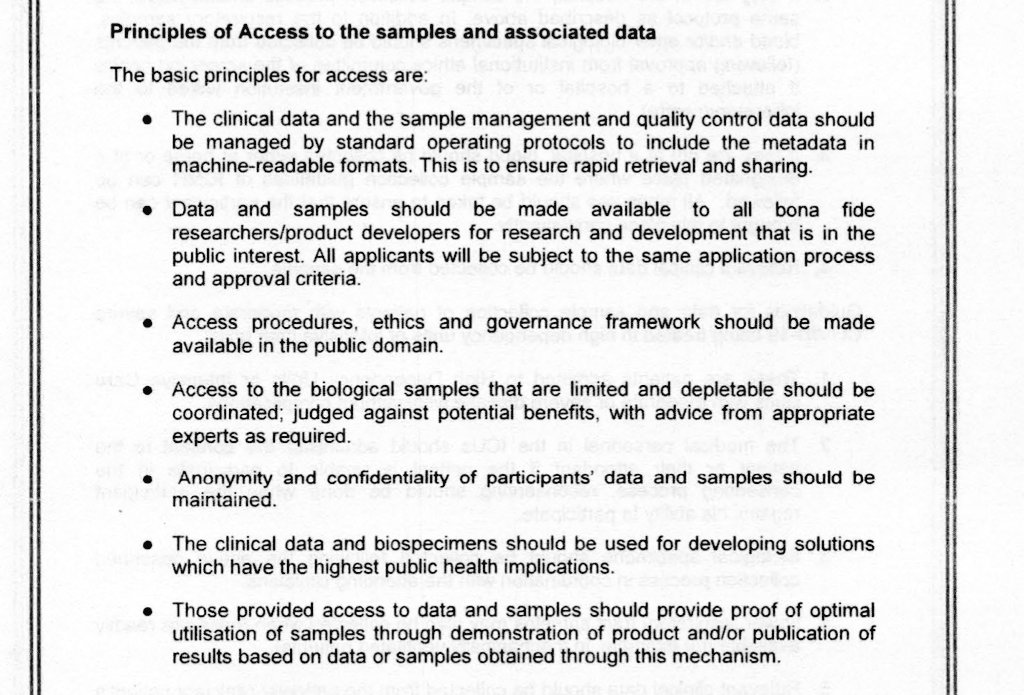A few weeks back, I’d written about “average and peak skills“. The basic idea in this blogpost is that in most jobs, the level of skills you need on most days (or the “average skill” you need) is far far inferior to the “peak skill” level required occasionally.
I didn’t think about this when I wrote that blogpost, but now I realise that a lot of institutional decay can be simply explained by ignoring this gap between average and peak skills required.
I was at my niece’s wedding this morning, and was talking to my wife about the nadaswara players (and more specifically about this tweet):
Seeing a jalra at a wedding for the first time in a long time.
And just now I see the jalra guy has given up the jalra and taken up “second wind” (accompanying nadaswara)
— Karthik S (@karthiks) March 17, 2023
“Why do you even need a jalra”, she asked. And then I pointed out that the jalra guy had now started playing the nadaswara (volga). “Why do we need this entire band”, she went on, suggesting that we could potentially use a tape instead.
This is a classic case of peak and average skill. The average skill required by the nadaswara player (whether someone sitting there or just operating a tape) is to just play, play it well and play in sync with the dhol guy. And if you want to maximise for the sheer quality of the music played, then you might as well just buy a tape and play it at the venue.
However, the “peak skill” of the nadaswara player goes beyond that. He is supposed to function without instruction. He is supposed to keep an eye on what is happening at the wedding, have an idea of the rituals (given how much the rituals vary by community, this is nontrivial) and know what kind of music to play when (or not play at all). He is supposed to gauge the sense of the audience and adjust the sort of music he is playing accordingly.
And if you consider all these peak skills required, you realise that you need a live player rather than a tape. And you realise that you need someone who is fairly experienced since this kind of judgment is likely to come more easily to the player.
The problem with professions with big gaps between average and peak skills, and where peak skills are seldom called upon, is that penny-pinching managers can ignore the peak and just hire for average skill (I had mentioned this in my previous post on the topic as well).
In the short run, there is an advantage in that people with average skills for the job are far cheaper than those with peak skills for the job (and the former are unlikely to suffer motivational issues as well). Now, over a period of time you find that these average skilled people are able to do rather well (and are much cheaper and much lower maintenance than peak skilled people).
Soon you start questioning why you need the peak skill people after all. And start replacing them with average people. The more rare the requirement of peak skill is in the job, the longer you’ll be able to go on like this. And then one day you’ll find that the job on that day required a little more nuance and skill, and your current team is wholly incapable of handling it.
You replace your live music by tapes, and find that your music has got static and boring. You replace your bank tellers with a combination of ATMs and call centres, and find it impossible to serve that one customer with an idiosyncratic request. You replace your software engineers with people who don’t have that good an idea of algorithmic theory, and one day are saddled with inefficient code.
Ignoring peak skill required while hiring is like ignoring tail risk. Because it is so improbable, you think it’s okay to ignore it. And then when it hits you it hits you hard.
Maybe that’s why risk management is usually bundled into a finance person’s job – if the same person or department in charge of cutting costs is also responsible for managing risk, they should be able to make better tradeoffs.

